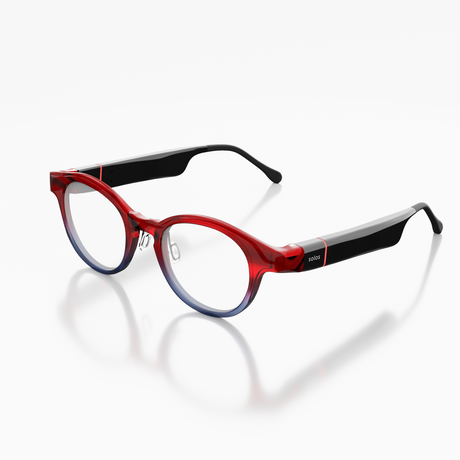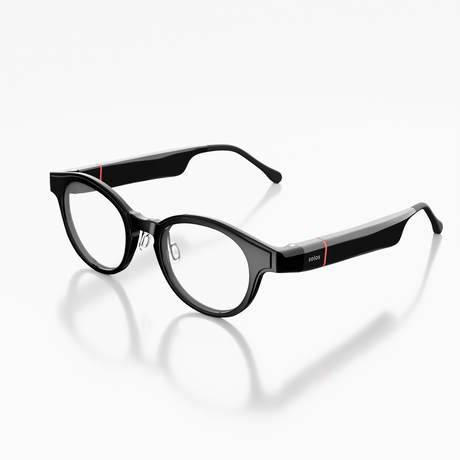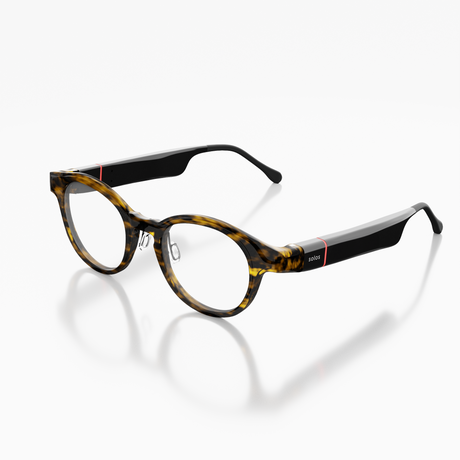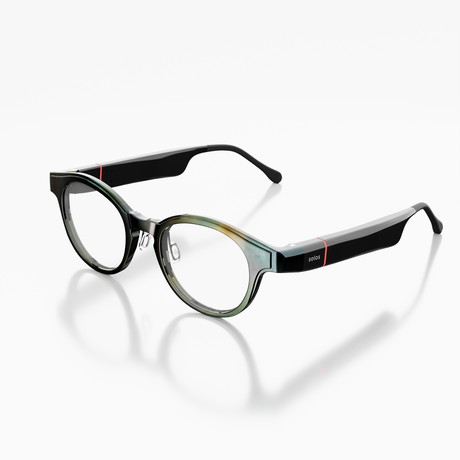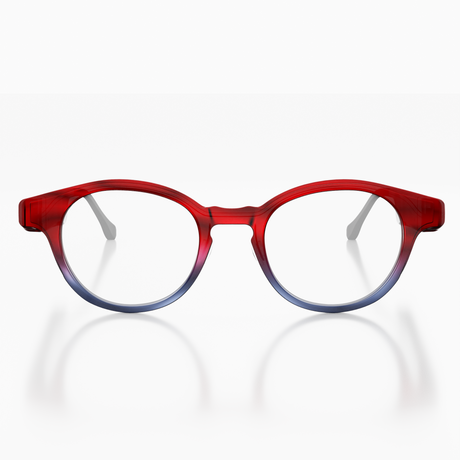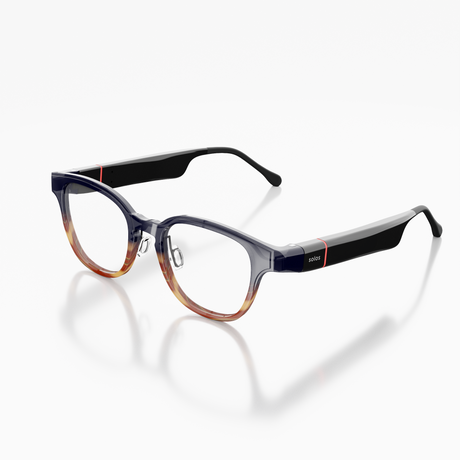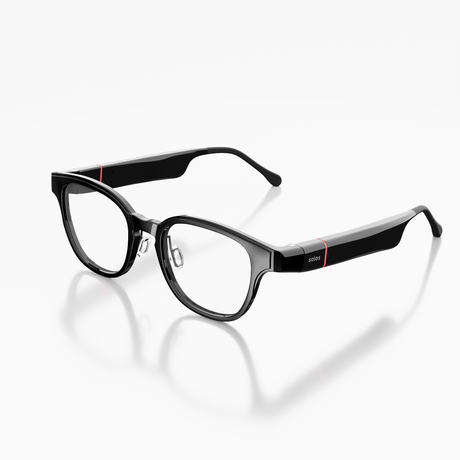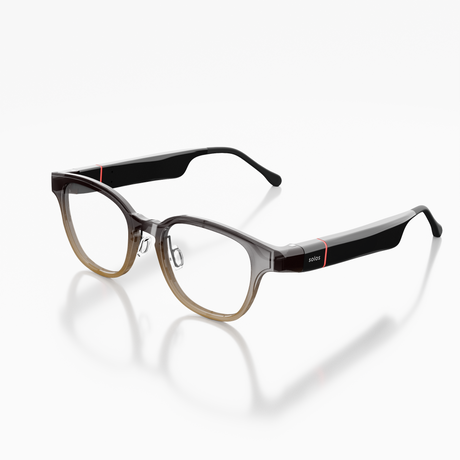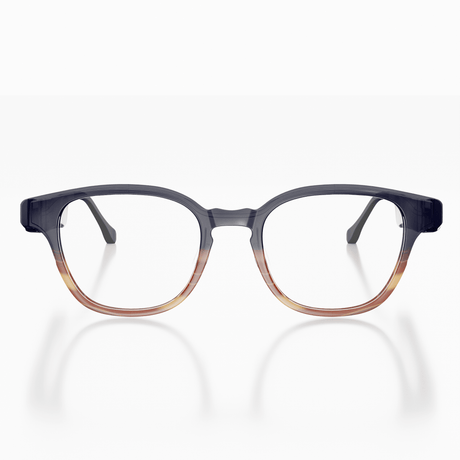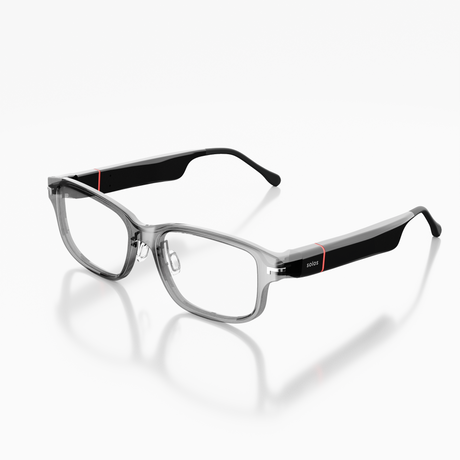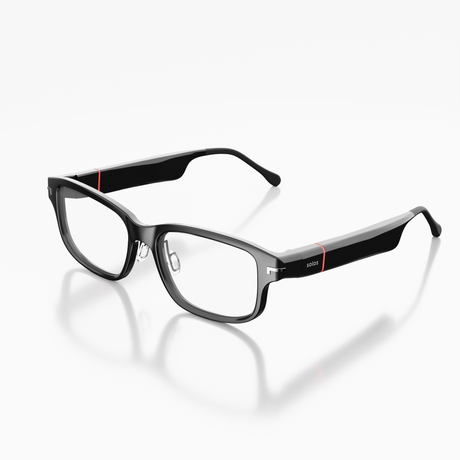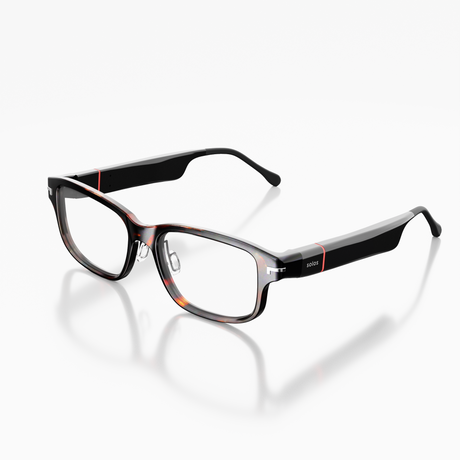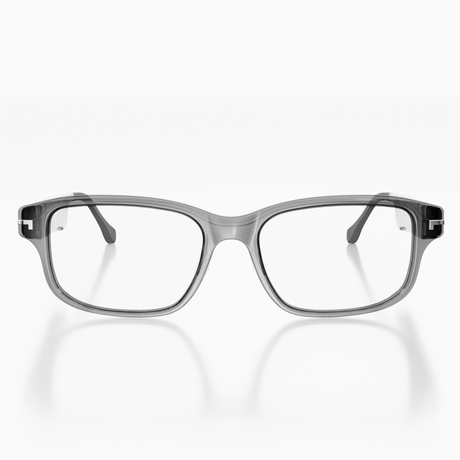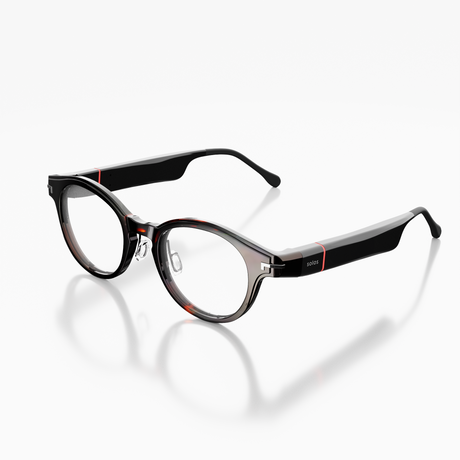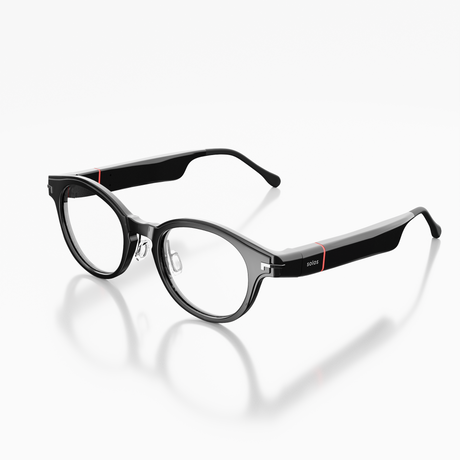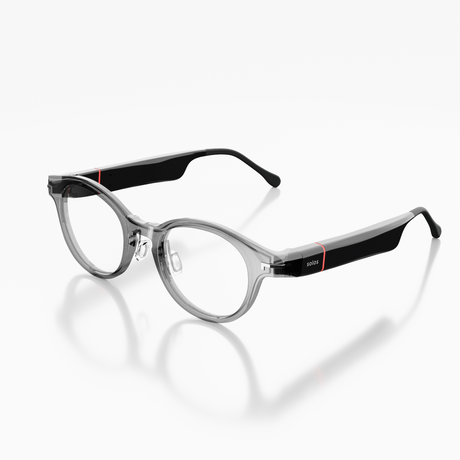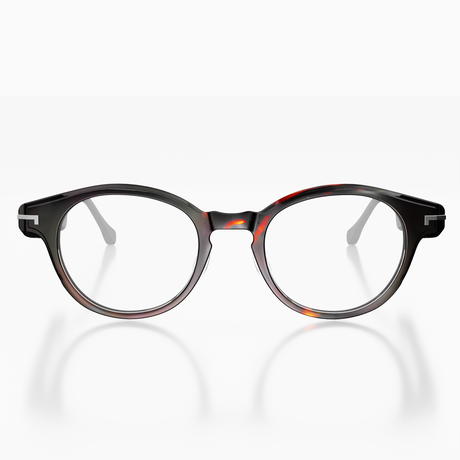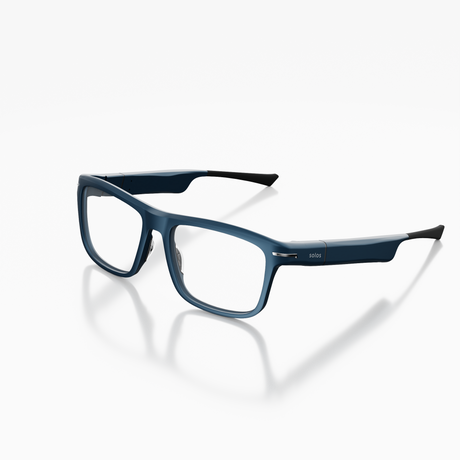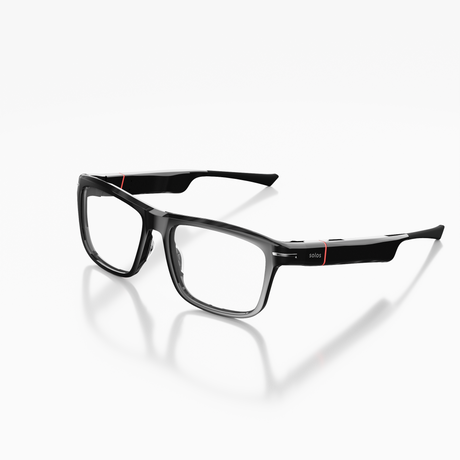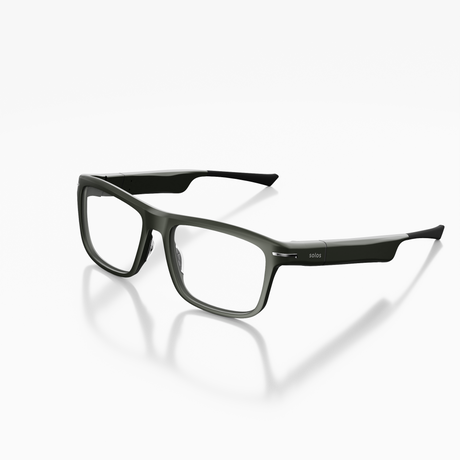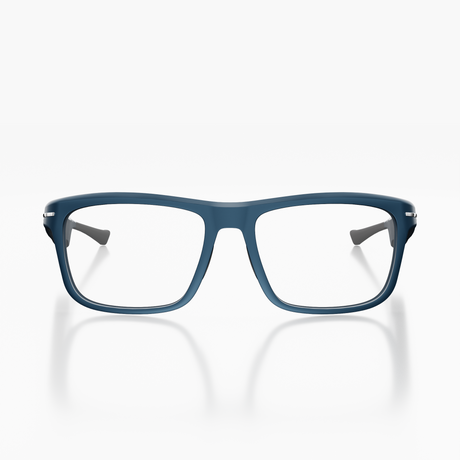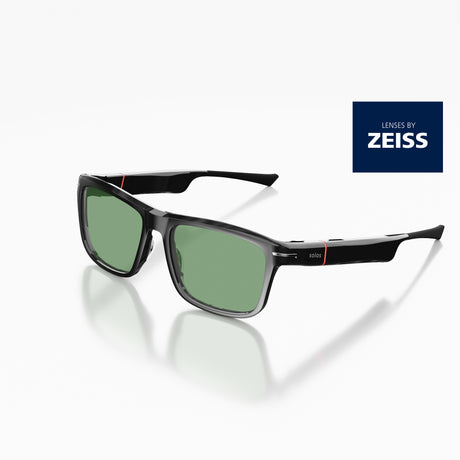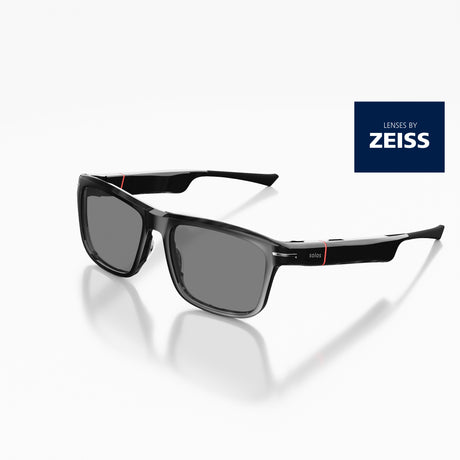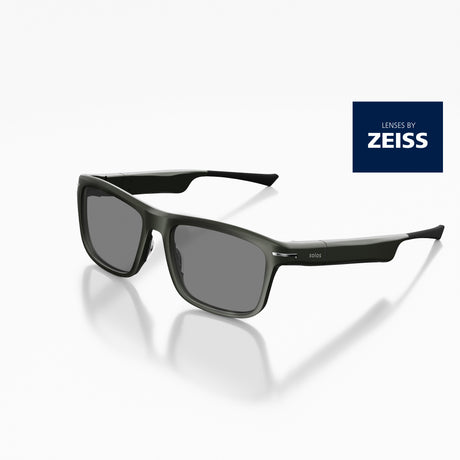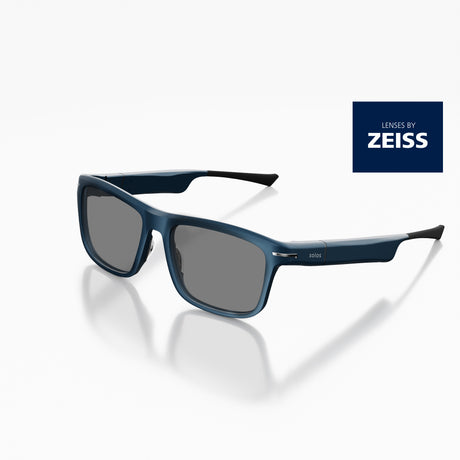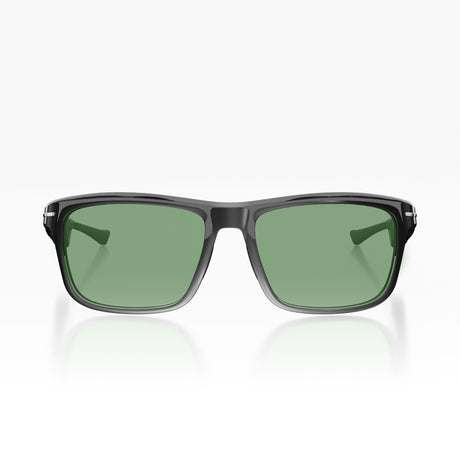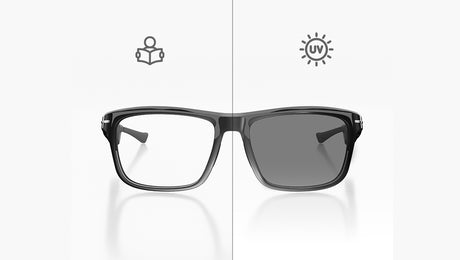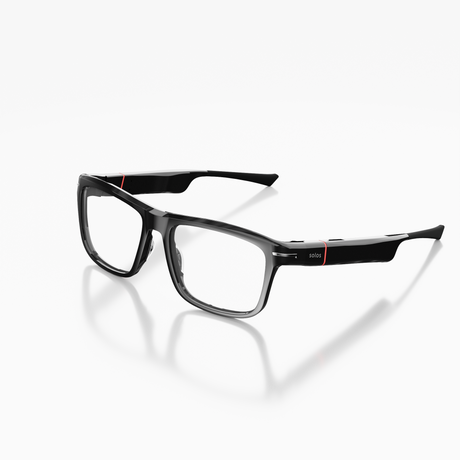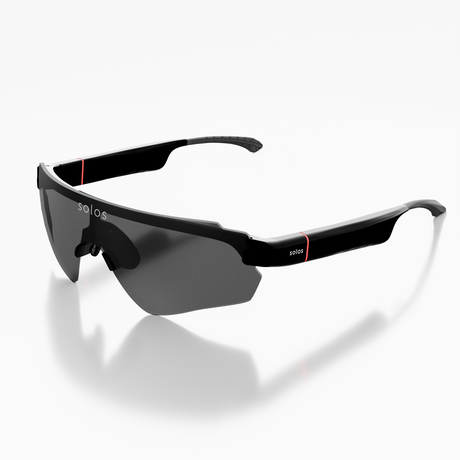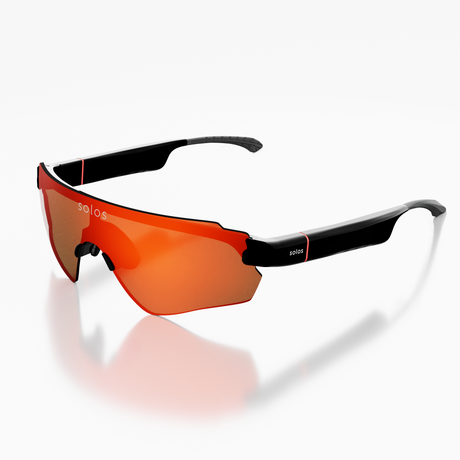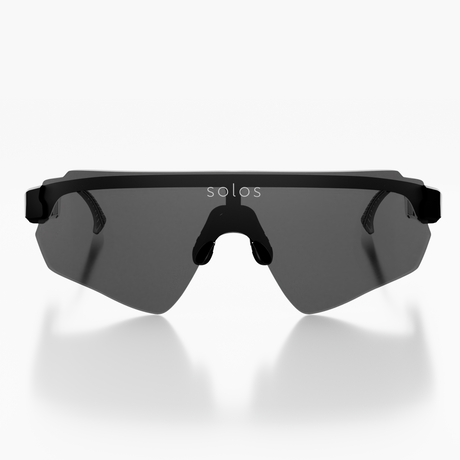The best information about smart glasses that we have found comes from community reviews, which show which bike glasses online work well and which don't. Smart glasses are the latest trend in wearable technology. Bike glasses online allow users to send and receive messages, view notifications, and browse the internet, all from the comfort of their eyewear. Today, it's easy to find a smart glasses developer that offers a variety of products. But with so many choices, it can be difficult to narrow down the best option.
Here's what to consider before you make a purchase. But like most emerging bike glasses online, smart glasses are complex. What features should you look for in smart glasses? Which brands deliver the best combination of features, battery life, and comfort?
The answers depend on what you're looking for. If you're shopping for smart glasses for everyday wear, there isn’t any bike glasses review yet. But if you're interested in special-use smart glasses, there's a lot to choose from. Each product has its own set of pros and cons, and it's important to evaluate each based on your specific bike glasses review. Smart glasses are a new category of smart objects that combine computing and vision technologies. These devices have long been used in the military, aerospace, and medicine industries.
The bike glasses review has been incorporated into smart glasses and watches, but smartphones may be better suited for smart glasses since they're the right size and shape for wearing smart glasses over your eyes. Smart glasses, as bluetooth sunglasses for sale come to be known, are an extension of smartphones. Their main purpose is to improve your vision by translating what you see in the real world into digital data. Smart glasses can alert you to incoming messages, let you know when it's time for your next appointment, or give you directions to the nearest coffee shop in Wisconsin. Bluetooth sunglasses for sale can also enhance your vision with features, which superimpose digital information over what you're seeing.
The "smart" in smart glasses buy android glasses from their connectivity to other devices. Smart glasses don't rely on internal batteries but instead connect to your smartphone via Bluetooth. They buy android glasses power from that connection, as well as from a tiny solar panel that broadcasts energy through a tiny window on the lens. This solar panel also recharges smart glasses' tiny computers, which typically run on a low-power ARM processor. The computer does all the processing that transforms what you see into digital data, which it sends to your smartphone. They can buy android glasses and are also capable of displaying this data, sometimes in color and sometimes in black and white, depending on the model.
The computer is the heart of smart glasses. Most models buy polarized lenses with either a single camera or two cameras, which use optical sensors to capture what you look at. The first step to finding smart glasses reviews is to narrow down the features that you're interested in. Do you buy polarized lenses, smart glasses that work with your smartphone, or with a dedicated device? Do you want to buy polarized lenses and smart glasses that track your fitness or give you directions? These decisions narrow down the products you should consider. Then, when you've done your research, it's time to pick a pair.
Tips to help you choose the perfect smart glasses:
What features do you want?
The best way to buy spy glasses is to have a conversation with your coworkers and friends. Ask them what they like and don't buy spy glasses about their current smart glasses. Ask them whether they use them for different things and whether they'd like different features.
How comfortable are your current smart glasses?
If you have smart glasses that you're already used to wearing, that's a pretty good indication that you'll like them. Conversely, if your current smart glasses are uncomfortable, it doesn't make sense to buy spy glasses more money on a pair that you dislike.
How much are you willing to spend?
If you travel a lot for work or spend a lot of time outside, this is a worthwhile investment. If you don't buy spy sunglasses, smart glasses or contact lenses, however, this isn't a good investment. It's not an easy choice, especially if you're new to the whole smart glasses concept. There's no shortage of articles telling you their designers' favorite models, and there are plenty of wireless earbuds and smartwatches for music lovers and travelers, but smart glasses are a different story.
Smart glasses are a completely different category of devices, and the best of them buy spy sunglasses with unique experiences you won't find anywhere else. Below, we've listed a few of the things you should consider to buy spy sunglasses narrow the field and choose the right smart glasses for you:
- Price: Smart glasses aren't cheap, and that's especially true of premium models that claim to offer similar functionality to high-end smartphones. While there are some expensive buy wayfarer glasses out there, most are affordable, and the price difference isn't too large.
- Features: The best smart glasses buy wayfarer glasses much more than the average model, including high-quality displays, customizable body styles, and advanced sensors. Every model has pros and cons, and it's important to find one that offers the best features for your intended use.
- Styles: Just like other smart gadgets, smart glasses can buy wayfarer glasses in a few different styles, including smart glasses, headbands, and helmets. While smart glasses are the most versatile, some users find cheap bike glasses uncomfortable, and others have vision problems that prevent smart glasses from being a perfect fit. Headbands and helmets are the easiest to use, but they aren't as stylish.
- Battery life: Some smart glasses have a long battery life, while cheap bike glasses don't. In general, the battery life of most models should be sufficient for most people, but some users will prefer a longer battery life.
- Compatibility: Most smart glasses are compatible with iOS and Android devices, so they're easy to sync with your smartphone. Some cheap bike glasses, however, require proprietary software to operate, so
Smart Glasses are promoted as wearable cheap bluetooth glasses that we can use to enhance our communication, productivity, education, and gaming, among other applications. Smart Glasses are not completely novel; the first smart glasses were being developed in the 1980s. Want to travel the world while sipping your favorite drink? Invented by two MIT students, Solos smart glasses are cheap bluetooth glasses designed to improve your travel experience. Solos smart glasses are cheap bluetooth glasses that can project information onto any surface. Smart glasses feature a projector that is encased in a metal frame, with a built-in camera and projector that project images onto a surface.
Smart glasses have an embedded microprocessor and wireless connectivity. Smart glasses use Wi-Fi and Bluetooth to connect to the projector, which sends images through a glass cheap bluetooth sunglasses onto any surface, such as a table or a wall. Solos smart glasses project images that can include directions, maps, or web pages. Smart glasses can also project images using a web browser. Cheap bluetooth sunglasses and smart glasses project images on vertical surfaces. Smart glasses have a microphone built-in, which allows the user to speak, allowing the user to access information, such as a direction, with voice commands. The cheap bluetooth sunglasses have 8GB of memory, which can store multiple apps. smart glasses can record audio for up to 30 seconds.
The cheap bone conduction glasses have five hours of battery life, which is charged using a USB cable. Solos smart glasses have a built-in camera, which allows the user to take pictures and videos. Smart glasses have a built-in light sensor, which allows the user to adjust the brightness of the projected images. Smart glasses have a touchpad built into the bottom. To use Solos, cheap bone conduction glasses must install an app on their smart glasses, which communicates with the smart glasses via Wi-Fi. Solos also support Bluetooth wireless. Solos Smart Glasses can positively impact safety, productivity, and operations, and these cheap bone conduction glasses will help further define what Solos Smart Glasses can do.
The technology has been available for some time, but it's only recently that companies have started to realize its benefits. And, as technology becomes more accessible, more people will be able to take advantage of it. The benefits of smart glasses are numerous. First off, cheap polarized lenses allow you to multitask, leaving you free to focus on other tasks. This is particularly useful for people working in environments where cheap polarized lenses are required to focus on one thing at a time, like doctors, construction workers, or pilots. cheap polarized lenses are able to see what's happening around them and take action accordingly.
In terms of personal productivity, smart glasses have a number of potential uses. For example, companies that employ salespeople will be able to send video messages from their desks to their next customers, so cheap wayfarer glasses can see what they're selling and why it is superior to competitors. Other potential uses in Arkansas include enhancing sports performance, allowing individuals to interact with their environment and assisting with elderly care. As technology becomes more widespread, companies will be able to sell smart glasses to more people. And, as technology improves, cheap wayfarer glasses will be able to offer more features, including speech-to-text, and translation.
This raises the question of whether smart glasses are the next must-have technology. Some experts think so. "Smart glasses represent a significant advancement in personal productivity," said users. "Cheap wayfarer glasses enable people to do more, and do more faster. "cheap wayfarer glasses also represent an important change in the way we work. As companies look to continually minimize costs, smart glasses offer the ability to do tasks more efficiently, potentially reducing overhead.

